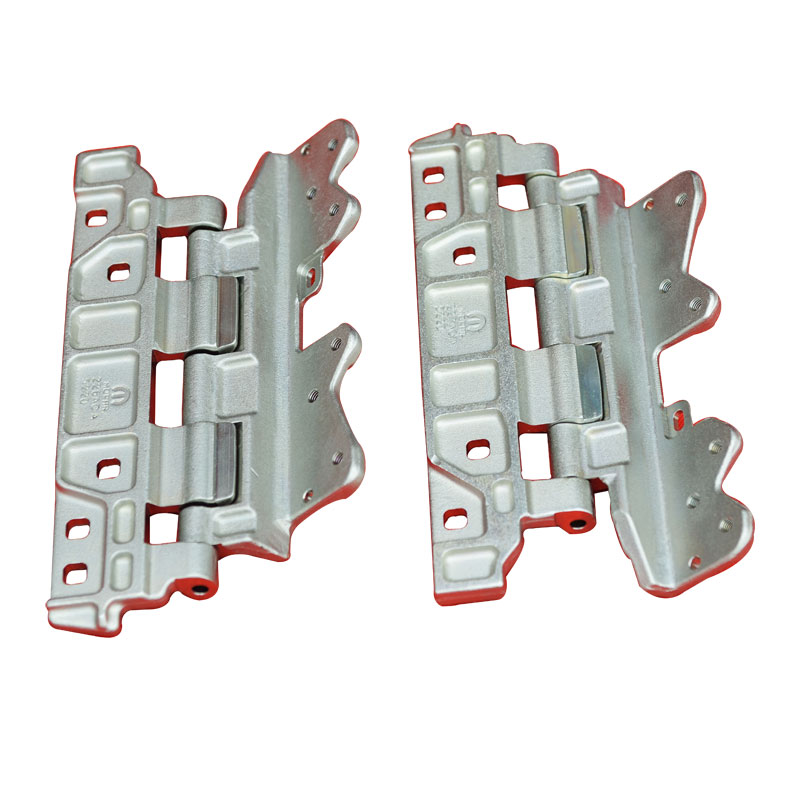One material multi forging die forging method
2022-04-20
Theory and practice show that the forging method with one material and multiple forging dies can effectively improve forging process, save metal materials, improve forging quality, improve forging efficiency and reduce forging cost if it is used reasonably. Otherwise, it will lead to poor forging process, waste of metal materials, poor forging quality, low forging efficiency and high forging cost.
One material multi forging die forging method has certain constraint conditions (or inappropriate conditions), as long as one of the following content is not suitable for a material multi forging (especially not suitable for a die multi forging, continuous multi forging, reversing die forging and composite die forging forming methods).
For example, the forgings are heavy, the horizontal projection area of forgings is large, the shape of forgings is too complex, the forging temperature range is too narrow, the die bore depth is large, the direct final forging deformation is too large, the number of steps in the billet forging is ≥3, the number of forging dies needs to be increased and the number of forging equipment needs to be increased, etc. The forging method of multiple forging dies for one material is a systematic engineering. It is one of the preconditions to realize the reliability, validity and timeliness of multiple forging for one material to determine the constraint conditions and suitable conditions effectively.




